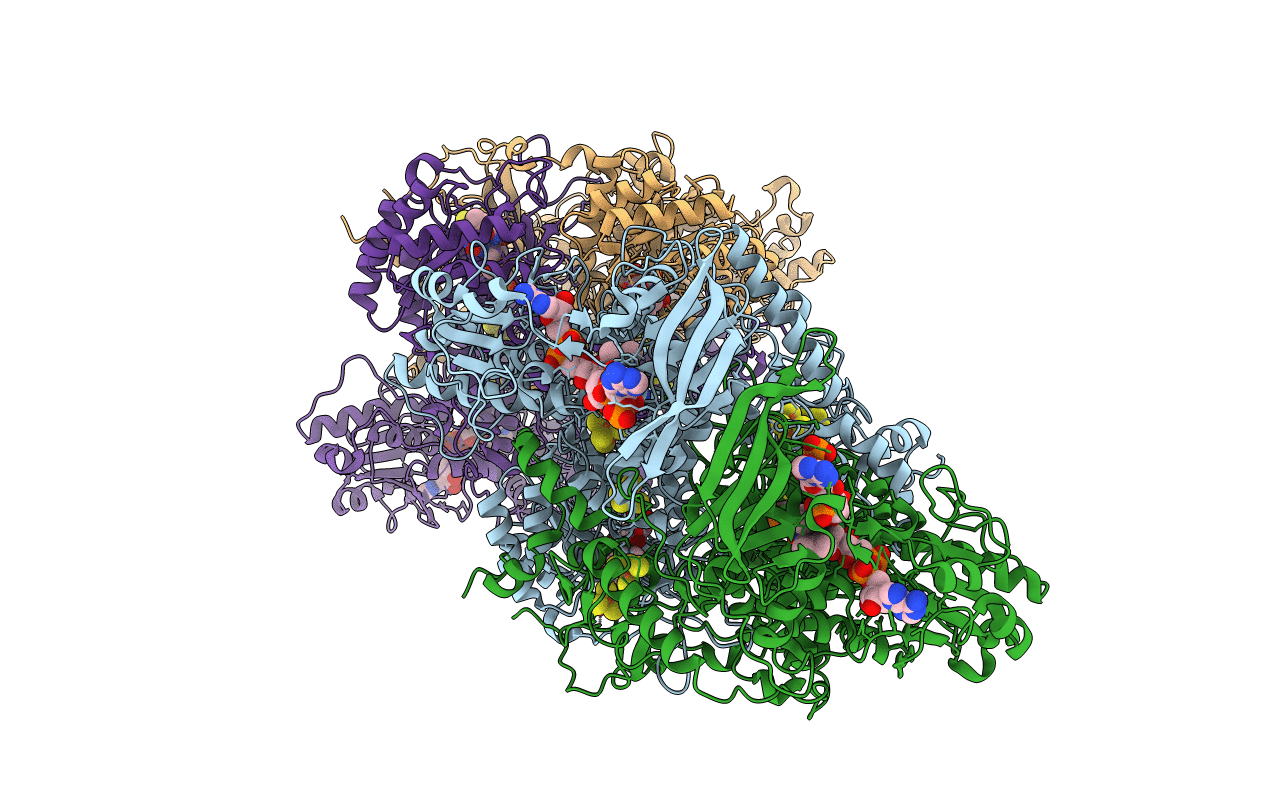
Deposition Date
2021-01-30
Release Date
2021-04-07
Last Version Date
2024-10-30
Entry Detail
PDB ID:
7LJU
Keywords:
Title:
Porcine Dihydropyrimidine Dehydrogenase (DPD) crosslinked with 5-Ethynyluracil (5EU)
Biological Source:
Source Organism:
Sus scrofa (Taxon ID: 9823)
Host Organism:
Method Details:
Experimental Method:
Resolution:
1.87 Å
R-Value Free:
0.21
R-Value Work:
0.17
R-Value Observed:
0.17
Space Group:
P 1 21 1


